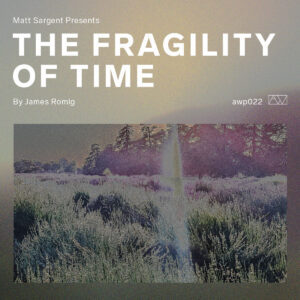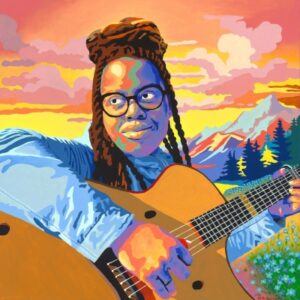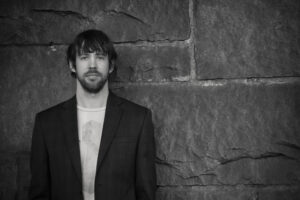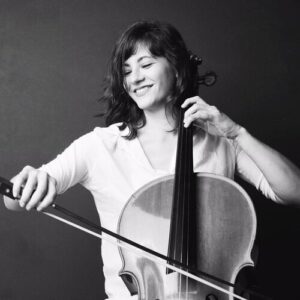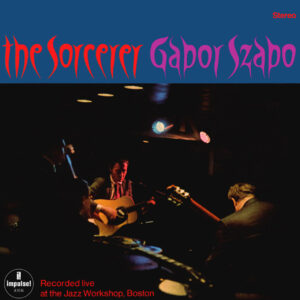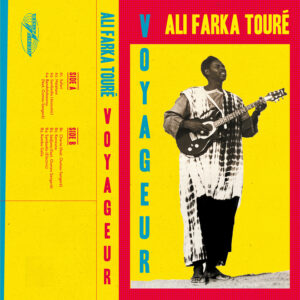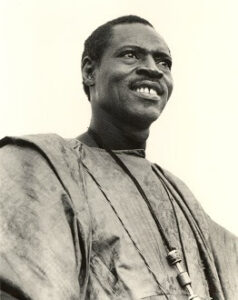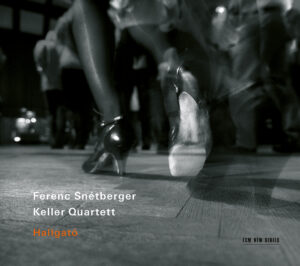James Romig
The Fragility of Time
A Wave Press
Matt Sargent, Guitar
Composer James Romig’s previous piece for electric guitar, The Complexity of Distance, written for Mike Scheidt, was an overwhelming paean to distorted revelry. It was a swerve from Romig’s previous compositions, which were primarily for acoustic instruments, such as the Pulitzer-nominated piano work still and a number of pieces for percussion. His latest composition for electric guitar, The Fragility of Time, is played clean, sans distortion, and serves as a sort of companion to The Complexity of Distance.
The hour-long work returns to the gradual unfolding of still. Romig began his mature career writing serial music with rhythmic vivacity. In recent years, he has retained a constructivist mindset, but slowed down the tempo of his works. One is tempted to attribute some of this to his many residencies at national parks, where the scenery and time to create seem to have metabolized in a tendency for his phrases to breathe differently.
One could scarcely hope for a better advocate than Sargent who, in addition to recording The Fragility of Time, has performed it at several venues. The level of concentration required to render the piece’s asymmetrical gestures, moving frequently between regularly fretted single notes, verticals, and harmonics, is considerable. The dynamics are subdued for much of the piece, though as it progresses the texture is peppered with single forte gestures, and it closes with forte harmonics.The pitch language itself is post-tonal in design, but doesn’t eschew the use of tertian sonorities.
The Fragility of Time has a mesmeric quality. Listeners may attend to subtle shifts occurring throughout the piece or merely bask in its attractive sound world. Either way, The Fragility of Time is a rewarding experience: take time to savor it.
Christian Carey
